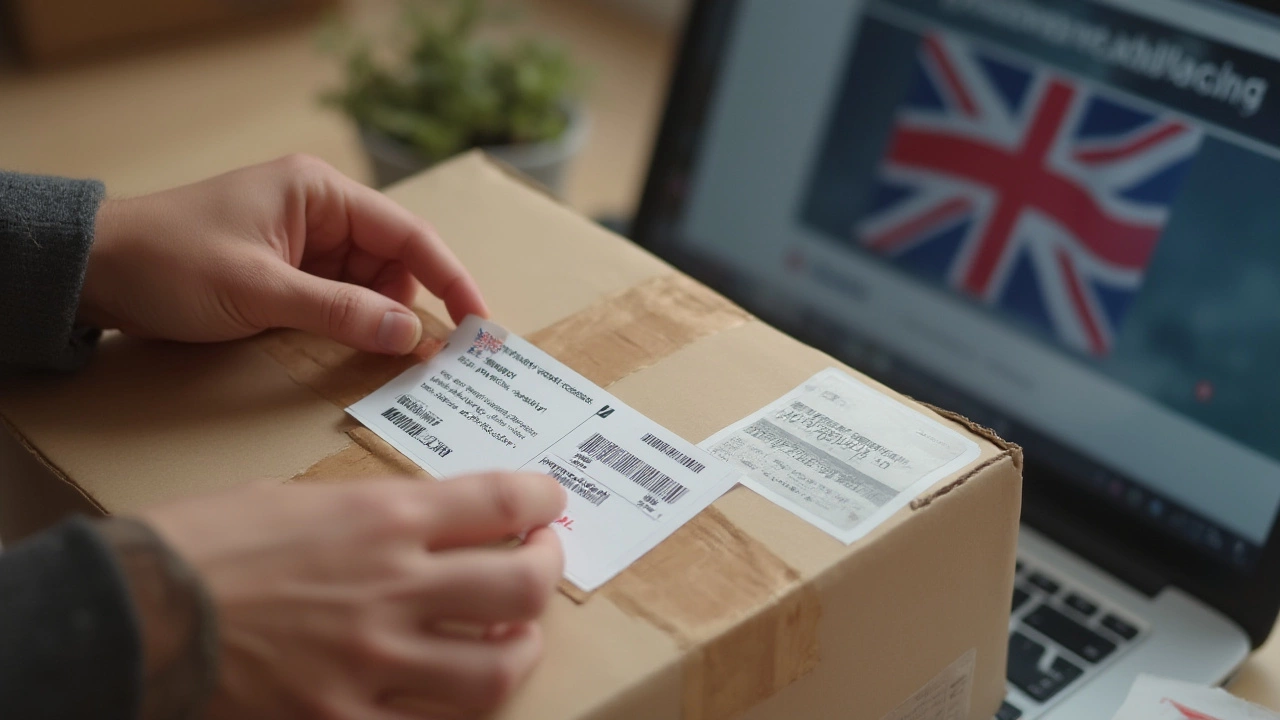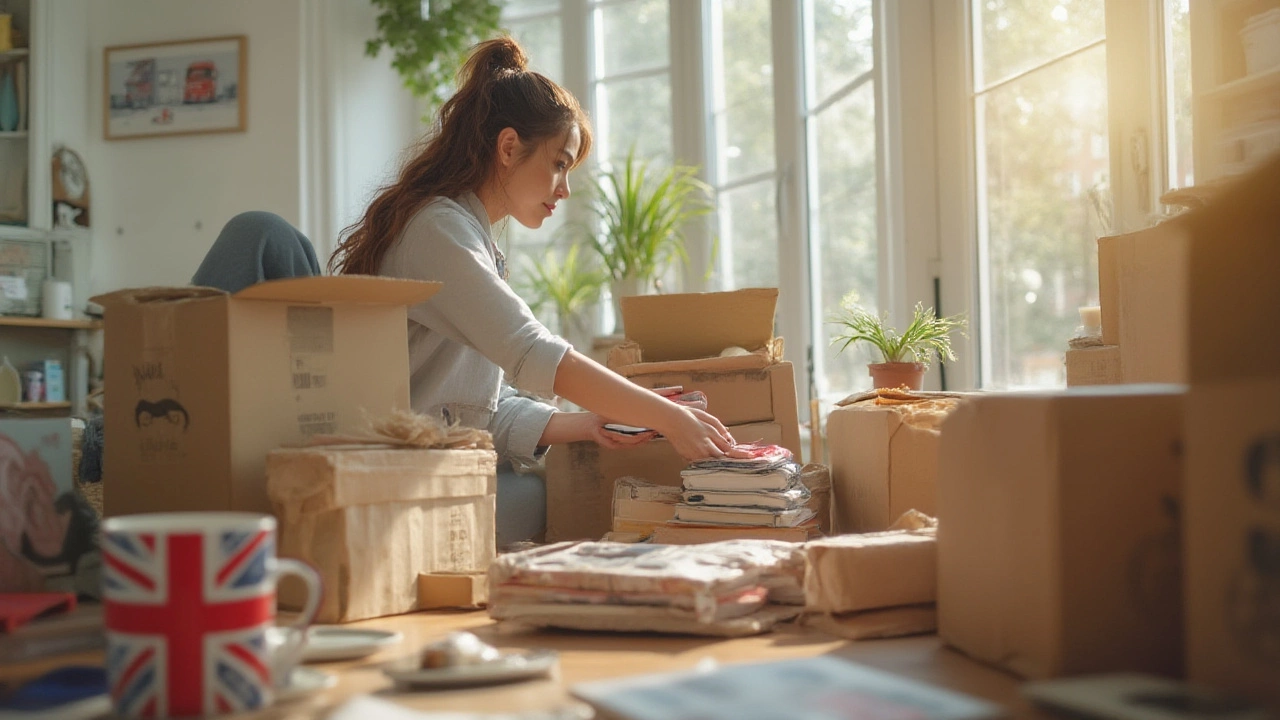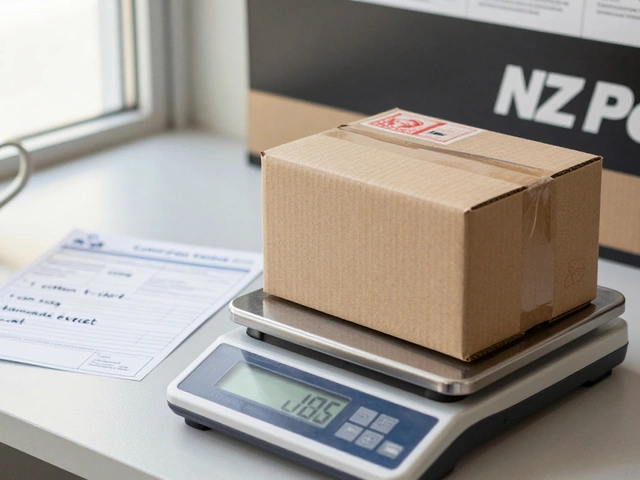Ever tried sending a package and found yourself lost midway, unsure about labels or rules? You’re not alone. Misinformation and guesswork often slow things down or result in surprises at the point of collection. Some people end up taping their box seven different ways, while others forget the very label that keeps their delivery afloat. Truth is, there’s a simple structure that couriers everywhere expect—and once you’ve got it down, sending an item is an easy, repeatable process. Knowing the right steps not only saves time but also makes sure nothing gets lost or delayed.
Packing Your Item: Protecting What Matters
Packing your item isn’t just about tossing it into a box, sealing the flaps, and hoping for the best. There’s a reason why even seasoned shippers obsess about bubble wrap and those iconic fragile stickers. Couriers see tens of thousands of parcels daily, and your item will likely travel with a mountain of others just like it. So, the right packaging matters—big time.
If you’re not sure what to use, try to match the package size to your item as closely as possible. Too much empty space, and your item can rattle around, which raises the risk of damage. Too tight, and there’s no room for shock absorption. Double-walled cardboard boxes work for most things, but if you’re sending something breakable—think glass ornaments or electronics—add at least 5cm of padding all around. Bubble wrap, packing peanuts, or even scrunched-up paper can make a world of difference. Once you’re packed, try shaking the box gently. If you hear movement, add more filler.
Don’t forget about sealing. Tape is your new best friend. Most courier services recommend strong parcel tape rather than ordinary sellotape. Make an H-shape with the tape—over the top flaps and along the box edges. A pro tip? Put an extra address slip inside the box, just in case the outside label comes off. This tiny step has reunited lost packages with their owners time and again. If your item is too strange-shaped for a box, you can use padded envelopes, mailing tubes, or plastic mailers for fabric goods. But keep this in mind: some things, like lithium batteries or perishable foods, have packing rules and restrictions. Always check the courier’s list of prohibited or restricted items before you even cut the tape.
Labeling: The Art and Science of Getting It Right
Labels aren’t just address stickers—they’re your package’s travel papers, and messy, unclear, or missing labels will pause or even stop a delivery. It’s astonishing how often people handwrite their address on a post-it and hope the rain holds off. Courier companies today use printed shipping labels, usually given to you when you book online.
Print your label clearly and tape it flat to the largest side of your parcel, never on the seam or across a corner. Make sure no tape covers the barcode; scanners at the sorting hub need a clear shot. If you’re shipping internationally, you’ll need a customs declaration form—yes, even for things like birthday gifts. Write up exactly what’s inside, how much it’s worth, and its purpose (gift, sale, return, etc.). Under-declaring value to save a buck only risks seizure or fines at customs—customs officials are wise to these tricks. Stick the customs form near the label. If you’ve got a QR code, keep it handy for quick tracking updates. Some couriers even let you create a digital label, generating a code that’s scanned at drop-off, and they print the label for you in-store. Handy for those without a printer at home!
Double-check addresses—simple typos can send your stuff around the wrong city. Street addresses, apartment or suite numbers, city, state, and postal codes all matter. Apartment and building numbers are the most commonly forgotten. For company deliveries, write the full business name. And if you’re wondering, yes, the return address is crucial. If your parcel’s journey hits a snag, that tiny detail gets your item back instead of the lost pile.

Booking and Choosing the Right Courier Service
Now comes the make-or-break moment—choosing the courier. Not all services are made equal, and the cheapest isn’t always the smartest. The main players—DHL, UPS, FedEx, and national postal services—operate worldwide. In the UK, for instance, Royal Mail is the go-to for many, with DPD and Hermes taking over most parcels. If you have the option, compare rates and delivery times directly on each service’s site. Set your priorities: speed, price, tracking, or special handling? Some couriers are better for valuables (with extra insurance and handling), while others shine with bulk deliveries.
Online booking is the norm—no awkward lines at the counter. Most sites walk you through entering the destination, weight, size, and claim value. The price usually pops up instantly, along with delivery options like next-day, two-day, or economy. Fact: a 2023 industry survey found that 86% of senders now use online booking for better tracking and fewer lost parcels. Mobile apps even alert you about delivery milestones as your item travels. It’s all meant to give you more control, not mystery.
Choose your service, pay online, then either book a pick-up or drop it off at your nearest collection point. Pickups can be a lifesaver for bulky or heavy parcels, but drop-off kiosks operate in thousands of grocery stores, newsagents, and even gas stations these days—some open 24/7. If you ship business packages in volume, companies like ShipStation and Easyship connect you to multiple couriers and spot you the best rates for free. Just beware: shipping time estimates don’t count weekends and public holidays. And if you want guaranteed delivery (think passports or engagement rings), opt for recorded or signed-for services. Those give you proof the item made it, thanks to a signature at the other end.
Tracking, Security, and Delivery Assurance
Tracking used to be a luxury. Today, it’s a necessity, and almost every reputable courier hands you a tracking number at booking. Pop it into their website or app, and you’ll see real-time updates as your parcel passes through hubs and drivers’ hands. Advanced services even let you sign up for SMS or email notifications—super handy if you’re sending a surprise or waiting on something important. If a parcel gets stuck, details like “in customs” or “due to be delivered today” usually show up next to the tracking bar.
If you're shipping something valuable, add delivery insurance. Standard courier cover rarely matches the worth of high-ticket items (think jewelry, electronics, or rare collectables). Don’t just count on the default limit; match your cover to the real value. Some providers offer transit-only insurance—good for short-term protection against loss, breakage, or theft. If you’re sending sensitive documents, many couriers provide tamper-proof bags or coded seals. For high-stakes deliveries, some services even offer GPS-tracked cases; in 2024, DHL saw demand for this spike by 23% in Europe, as more people sent personal valuables by courier instead of traveling themselves.
When your item gets delivered, you’ll either see a recorded signature or, for contactless drops, a confirmation photo. That’s your proof if there’s a dispute. If the receiver isn’t home, many services try a neighbor, leave a calling card, or drop the package in a secure box—especially popular in apartment buildings. Missed the delivery? Use the tracking info to reschedule, often at zero extra cost. Never ignore a status that says “Exception” or “Held.” Call customer service right away. Sometimes it’s just a barcode scan glitch, but it can mean a wrong address or customs snag that needs fixing.

Smart Tips for Hassle-Free Courier Shipping
With so many moving parts, the chance for mistakes is real. But seasoned shippers have a few tricks to make sure nothing gets lost or held up along the way. First, weigh your parcel after packing, using a digital kitchen scale if you don’t have a postal one. Couriers charge for the highest of actual weight or volumetric weight. Volumetric weight means length x width x height in centimeters, divided by either 4000 or 5000, depending on service. Underestimating can delay your dispatch or result in extra fees. Take a clear photo of your package and label before it leaves your hands. It’s a lifesaver if you need to file a lost parcel claim or prove the condition for insurance. For returns or warranty items, include a clear note with sender, recipient, and any returned item numbers or invoices inside the box. It speeds up processing at the other end.
Keep receipts! Even for personal shipments, a tracking receipt (paper or email) is the only evidence you sent it in the first place. If you’re shipping to remote or international destinations, check public holidays at the other end—packages can get held up for days if you miss a national event. Make sure to send the tracking link to your recipient, so they know when to expect delivery and can be home or make arrangements. For super urgent parcels, consider time-guaranteed options—not just ‘next day’ but ‘tracked by noon’ or ‘before 10 AM.’ Those cost more but get priority during sorting. If you reuse boxes, scratch off all old labels and barcodes—scanners have picked up old codes and sent packages astray more than once. For international shipping, pack printed invoices or customs forms securely in a pouch, not just taped to the outside or loose inside.
Sending parcels gets easier every time, especially after you’ve got the steps figured out. The key is planning ahead—checking restrictions, picking the right packaging, and using tracking to stay updated. Courier companies have fine-tuned the process so regular people can ship just as smoothly as big businesses, but it all starts with knowing the ropes. Next time you send something—whether it’s a homemade cake, lost keys, or grandpa’s old watch—you’ll know exactly how to wrap, label, book, and track every step of the way.





